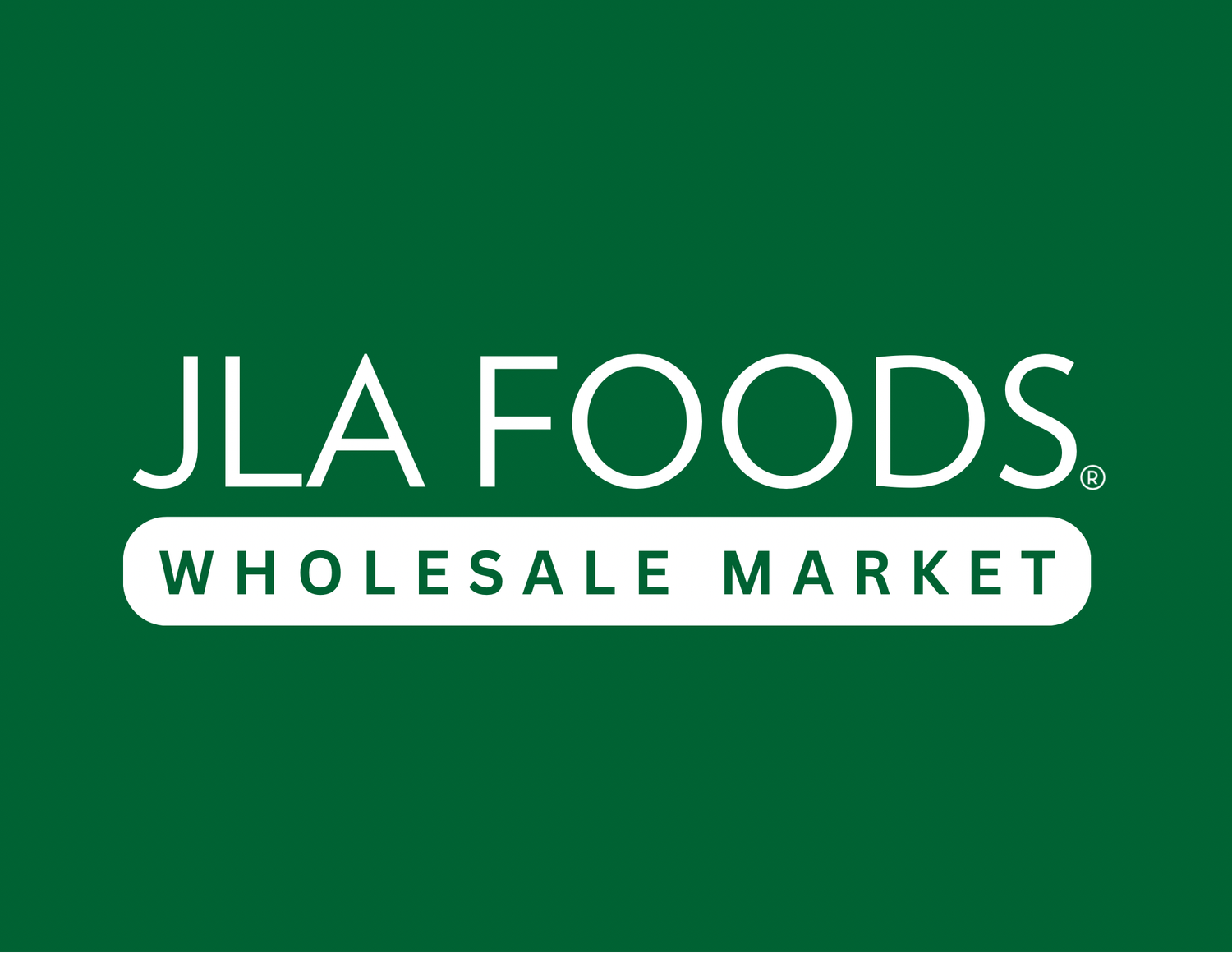Are you prepared for a Fifty Percent Tariff on Aluminum Packaging on Canned Foods Commencing June 4th.
On June 4th, 2025, a new 50% tariff on aluminum packaging is set to take effect, significantly impacting the canned food industry. Aluminum is a critical material for manufacturing cans used to package foods such as vegetables, fruits, soups, and beverages. This tariff, applied to imported aluminum, will increase production costs, disrupt supply chains, and affect consumers, manufacturers, and the broader economy. This essay explores the multifaceted consequences of this policy, including rising prices, supply chain challenges, and potential shifts in industry practices.
The most immediate effect of the tariff will be an increase in production costs for canned food manufacturers. Aluminum is a primary component of cans, and a 50% tariff on imported aluminum will raise the cost of raw materials significantly. The United States relies heavily on imported aluminum, with countries like Canada, China, and the European Union being major suppliers. Higher costs will force manufacturers to either absorb the expense, reducing profit margins, or pass it on to consumers. Given the competitive nature of the food industry, many companies are likely to increase prices, leading to higher costs for canned goods on supermarket shelves.
Consumers will feel the ripple effects of these price increases. Canned foods are a staple for many households due to their affordability, long shelf life, and convenience. A significant price hike could reduce demand, particularly among low-income consumers who rely on canned goods as a cost-effective food source. For example, products like canned tuna, beans, or vegetables may become less affordable, potentially pushing consumers toward less durable or more expensive alternatives like fresh or frozen foods. This shift could also exacerbate food insecurity in communities where access to fresh produce is limited.
Supply chain disruptions are another critical concern. The tariff may strain relationships with foreign aluminum suppliers, leading to reduced imports or delays in delivery. Manufacturers may struggle to secure enough aluminum to meet production demands, potentially causing shortages of canned goods. Domestic aluminum producers may not have the capacity to fill the gap quickly, as scaling up production requires significant investment and time. Smaller manufacturers, with less negotiating power or financial flexibility, may face particularly acute challenges, potentially leading to market consolidation as larger firms absorb the cost increases more effectively.
The tariff could also spur innovation and adaptation within the industry. Manufacturers may explore alternative packaging materials, such as steel, glass, or biodegradable options, to reduce reliance on aluminum. However, transitioning to new materials involves retooling production lines and ensuring compliance with food safety regulations, which can be costly and time-consuming. Additionally, companies may invest in recycling programs to reclaim aluminum domestically, though this would require significant infrastructure development. Over time, these adaptations could mitigate the tariff’s impact but are unlikely to provide immediate relief.
Environmentally, the tariff’s effects are mixed. Reduced aluminum imports might encourage domestic production, which could lower the carbon footprint associated with transportation. However, if domestic production ramps up without sustainable practices, it could increase energy consumption and emissions. Moreover, if manufacturers shift to alternative materials like plastic, the environmental impact could worsen due to plastic’s lower recyclability and longer degradation timeline.
In conclusion, the 50% tariff on aluminum packaging, effective June 4th, 2025, will have far-reaching consequences for the canned food industry. Higher production costs will likely lead to increased consumer prices, reduced demand, and supply chain challenges. While the tariff may encourage long-term innovation and domestic production, the immediate impact will be felt by consumers and manufacturers alike. Policymakers must weigh these economic and social costs against the tariff’s intended benefits, such as protecting domestic industries, to ensure a balanced approach that minimizes harm to consumers and the food supply chain.
